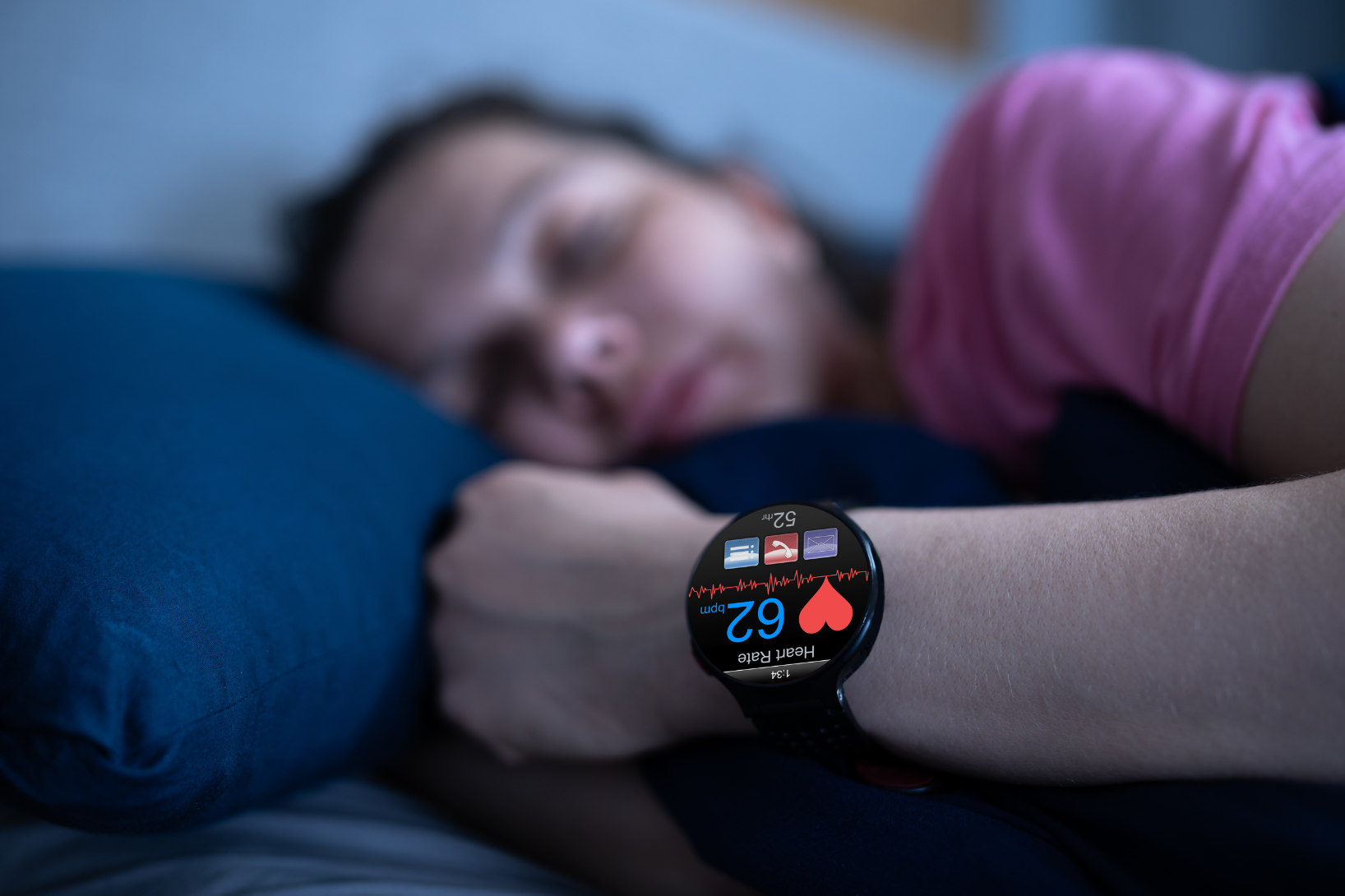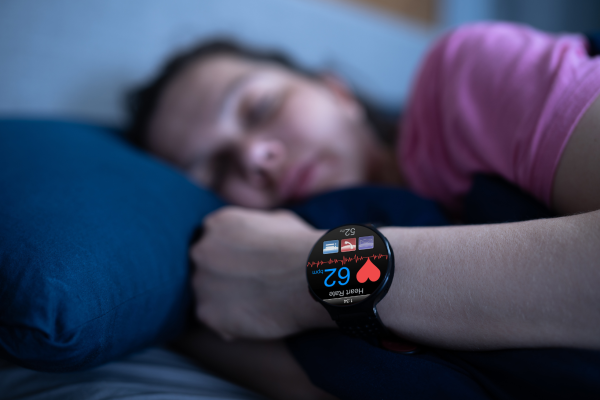Why Wearable Tech Is Changing Clinical Trials
Wearable devices are doing more than counting steps—they’re redefining how clinical trials are conducted and how participants engage. In the era of decentralized and hybrid clinical trials, wearables like fitness trackers, smartwatches, and medical-grade sensors are becoming essential tools for improving patient engagement and retention.
These devices allow participants to track vital signs such as heart rate, sleep quality, glucose levels, and more—all in real time. That means patients are no longer passive subjects; they’re active collaborators in their own health journeys. This level of involvement boosts protocol adherence, encourages healthier behaviors, and can significantly improve trial outcomes.
Wearables also enable remote patient monitoring, reducing the need for frequent clinic visits. That’s a major win for convenience, especially for participants juggling busy schedules, mobility challenges, or living far from trial sites. With automated alerts and continuous data collection, these devices ensure important health signals aren’t missed, while relieving patients of the burden of manual reporting.
Crucially, wearable technology supports a more patient-centric approach to trial design. By meeting patients where they are—literally and figuratively—wearables help sponsors and CROs design studies that are more accessible, engaging, and efficient.
Beyond Fitness Trackers: The Different Wearables Used in Clinical Trials
When most people think of wearable tech, they picture fitness trackers or smartwatches. And while those devices do play a role in clinical research, they’re just the tip of the iceberg. Today’s clinical trials leverage a broad range of wearable devices to collect richer, more accurate data from participants in real time.
Fitness trackers and smartwatches, such as Fitbit, Apple Watch, and Garmin, are great for monitoring lifestyle indicators such as activity levels, heart rate, and sleep patterns. This data helps study teams understand how day-to-day behaviors impact clinical outcomes.
But clinical-grade wearables go even further.
Medical-grade sensors include tools like continuous glucose monitors, ECG patches, and smart inhalers. These devices deliver precise, real-time physiological data, making them invaluable in studies focused on cardiology, diabetes management, and respiratory health.
Biometric wearables take it a step further by remotely tracking critical metrics like blood pressure, oxygen saturation (SpO2), and respiratory rate. These tools are especially powerful in decentralized and hybrid clinical trials, allowing participants to contribute data from the comfort of home.
Together, these wearables enable a new era of clinical research—one where data is always flowing, patients are more comfortable, and trials are less disruptive to everyday life.
How Wearables Keep Patients Engaged
One of the biggest challenges in clinical trials? Keeping participants engaged from day one to the final visit. That’s where wearable technology truly shines.
Wearables empower patients by giving them real-time insight into their health—something traditional trials rarely offer. Instead of feeling like anonymous data points, participants become active partners. They can see their own heart rate trends, sleep quality, or glucose levels instantly, which fosters a stronger connection to the study and their overall well-being.
This sense of ownership naturally boosts motivation and adherence. When participants understand how their input contributes to the trial’s success and they can monitor their own progress, they’re more likely to stay committed and compliant.
Another major benefit? Reduced trial fatigue. Wearables minimize the need for constant clinic visits and manual diary entries. Instead of asking patients to remember and log symptoms, devices track data passively and continuously. That means less paperwork, fewer disruptions, and a more seamless experience.
Plus, smart reminders and automated alerts help participants stay on schedule with tasks like medication dosing or daily activity goals. This improves data accuracy while also relieving the cognitive burden on patients.
Challenges That Study Teams Face With Wearables
While wearable devices offer major advantages for clinical trials, they’re not without hurdles. Trial teams need to think beyond tech specs and ensure these tools work seamlessly for all participants.
First up: tech literacy. Not every patient is comfortable with digital devices. Older adults or those with limited experience using smartphones or apps may struggle to navigate even the most intuitive interfaces. If wearables are too complicated or confusing, engagement drops fast.
The solution? Prioritize user-friendly design and provide robust training. Clear instructions, in-person or virtual onboarding, and multilingual support go a long way in making wearables accessible. And don’t underestimate the power of simple design. If a device feels natural to use, adoption rates soar.
Another big concern: data privacy and security. Wearables collect a constant stream of sensitive health data, making them a high-value target for cyber threats. Sponsors and sites must ensure that any wearable tech used in a trial complies with regulations like HIPAA, GDPR, and FDA guidelines. That means encrypted data storage, secure transmission protocols, and strict access controls.
Failing to address these issues not only puts patient data at risk. It can also erode trust and reduce trial participation.
Bottom line: Wearables can transform patient engagement, but only if they’re implemented thoughtfully and responsibly.
The Future of Wearable Technology in Clinical Trials
Wearable devices are no longer a fringe concept in clinical research, In fact, they’re rapidly becoming foundational to how modern trials are designed and run. And the momentum is only accelerating.
We’re entering an era where AI-powered analytics and wearable data go hand in hand. With advanced algorithms capable of detecting subtle changes in vital signs or behavior, wearables are helping predict adverse events before they happen. That means safer trials, faster decision-making, and more personalized interventions.
This evolution is fueling growth in personalized medicine and precision trials. Instead of one-size-fits-all protocols, future studies can tailor interventions based on real-time data from each individual. It’s a smarter, more responsive approach to research, and it’s made possible by wearables.
And let’s not forget: as decentralized and virtual clinical trials become the norm, wearable integration will be critical. Patients expect convenience, and sponsors need continuous, high-quality data. Wearables deliver both.
But here’s the key: all of this potential only matters if it’s easy to implement.
That’s where TrialKit comes in.
TrialKit’s flexible, mobile-first platform makes it simple to integrate wearable data into your clinical trial workflows—no heavy lifting required. Whether you’re running a hybrid study or fully remote, TrialKit helps you collect, manage, and analyze wearable data without complexity. For more information about how TrialKit can enable your team to build your studies, your way while removing unnecessary complexity, get in touch with us today.
FAQs About Wearables in Clinical Trials
What are the most common wearable devices used in clinical trials?
The most frequently used wearables include fitness trackers (like Fitbit and Apple Watch), medical-grade sensors (such as continuous glucose monitors and ECG patches), and biometric devices that monitor SpO₂, heart rate, or blood pressure. Each plays a unique role depending on the study design and therapeutic area.
Can wearable devices replace in-person site visits?
Not entirely, but wearables can reduce the need for frequent clinic visits by enabling remote monitoring and real-time data collection. This is especially valuable in decentralized or hybrid clinical trials, where convenience is key for patient retention.
How secure is the data collected from wearable devices?
Data security is critical, thus wearables used in clinical trials must comply with regulations like HIPAA, GDPR, and FDA guidelines. Data is encrypted, stored securely, and only accessible to authorized personnel. Trial teams should also ensure vendors follow best practices in digital privacy and compliance.
Are wearable devices suitable for all patient populations?
Most are designed to be user-friendly, but tech accessibility can still be a barrier for some populations, particularly older adults or those with limited digital literacy. Successful studies should include support resources like training, multilingual guides, and alternative methods for data collection when needed.



